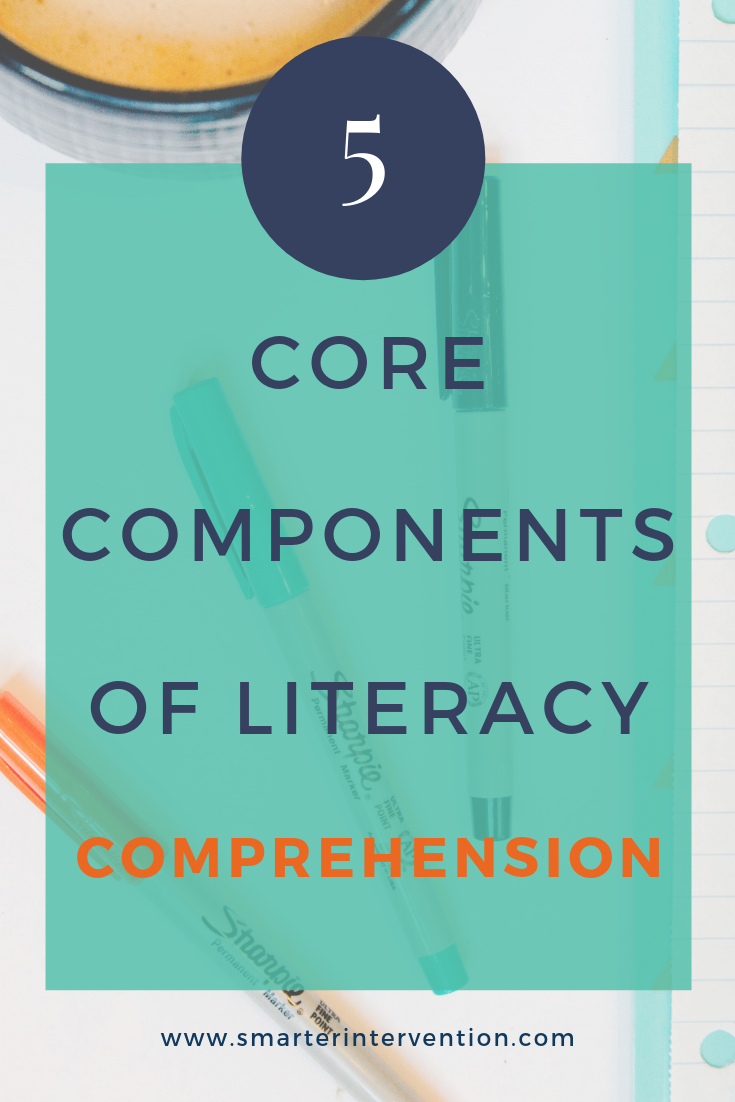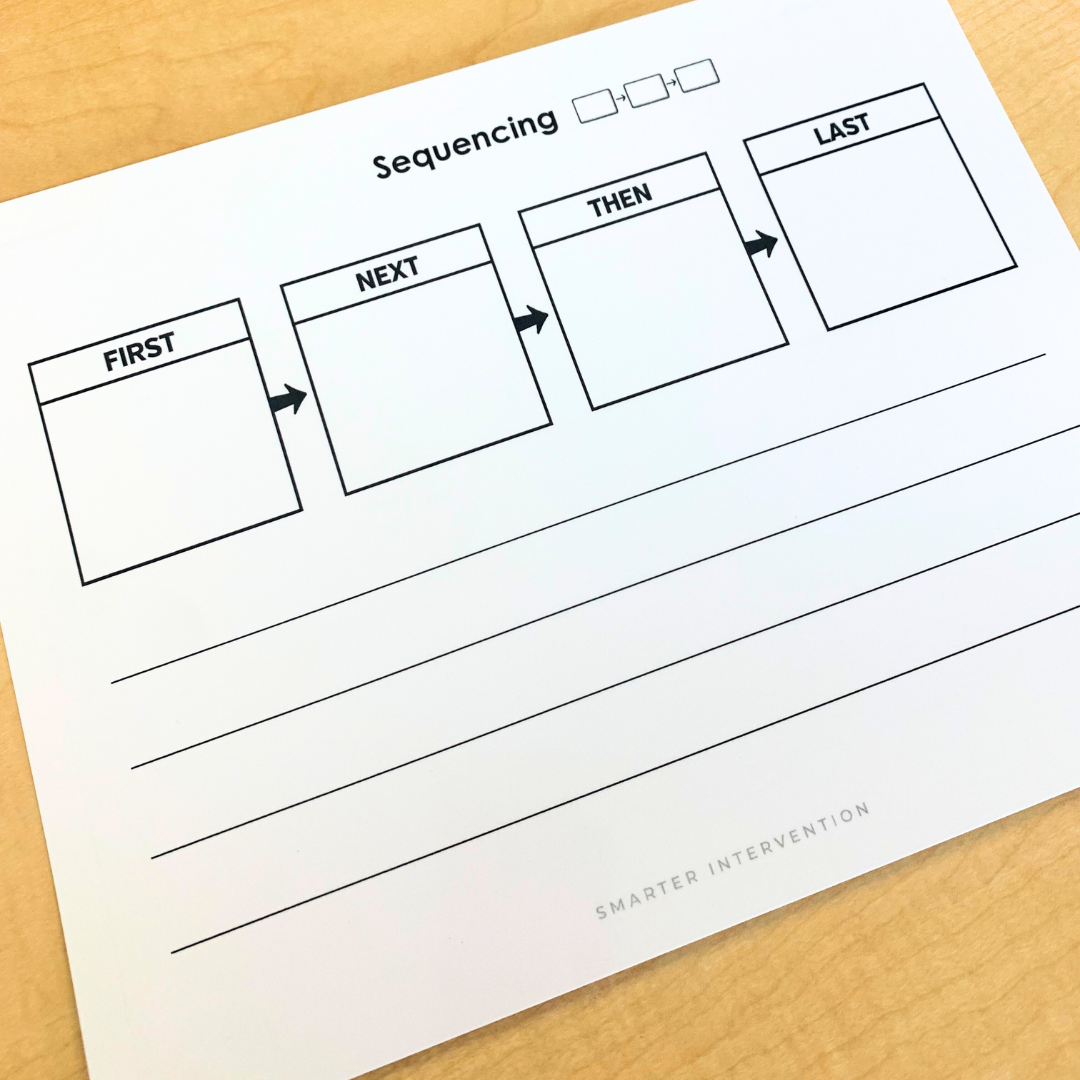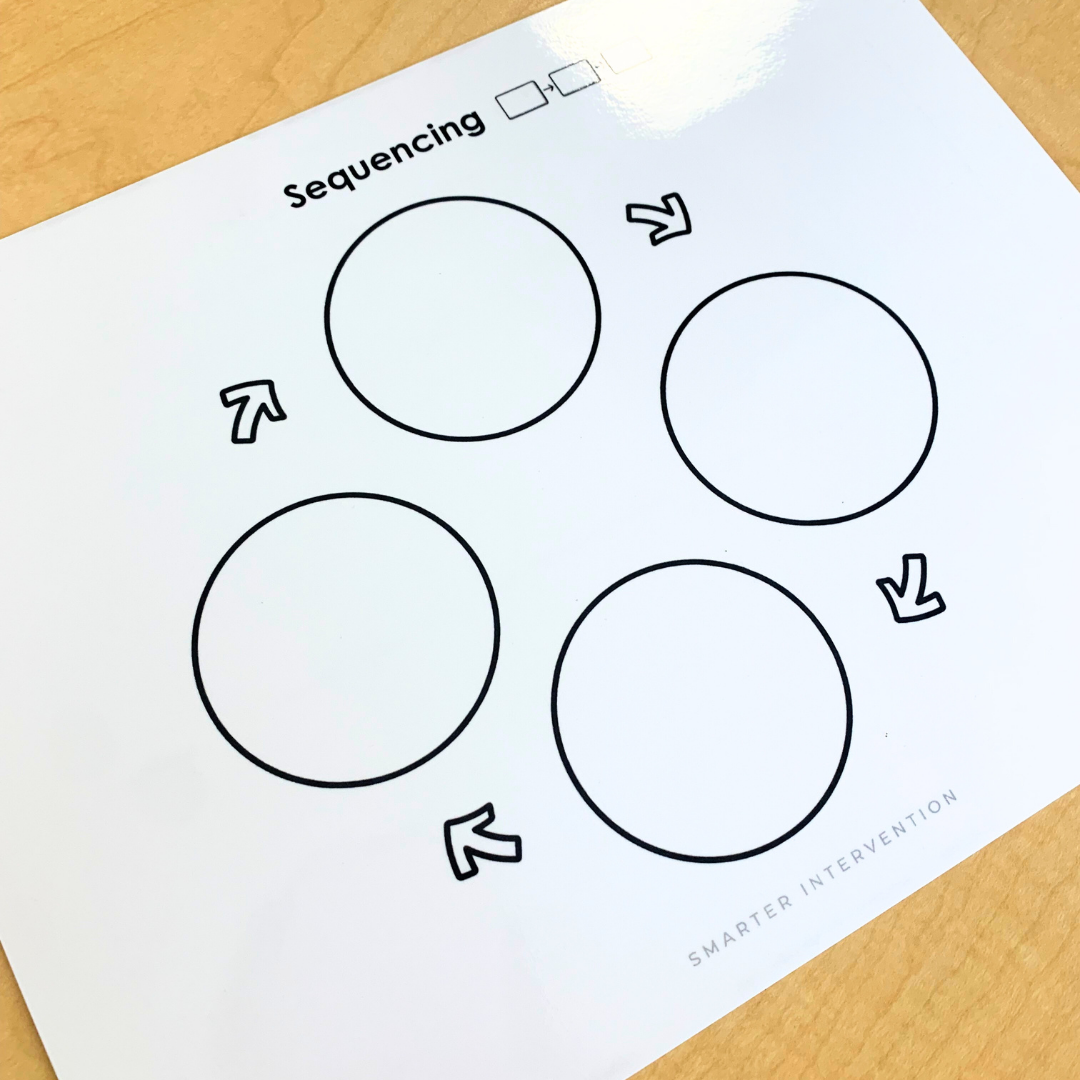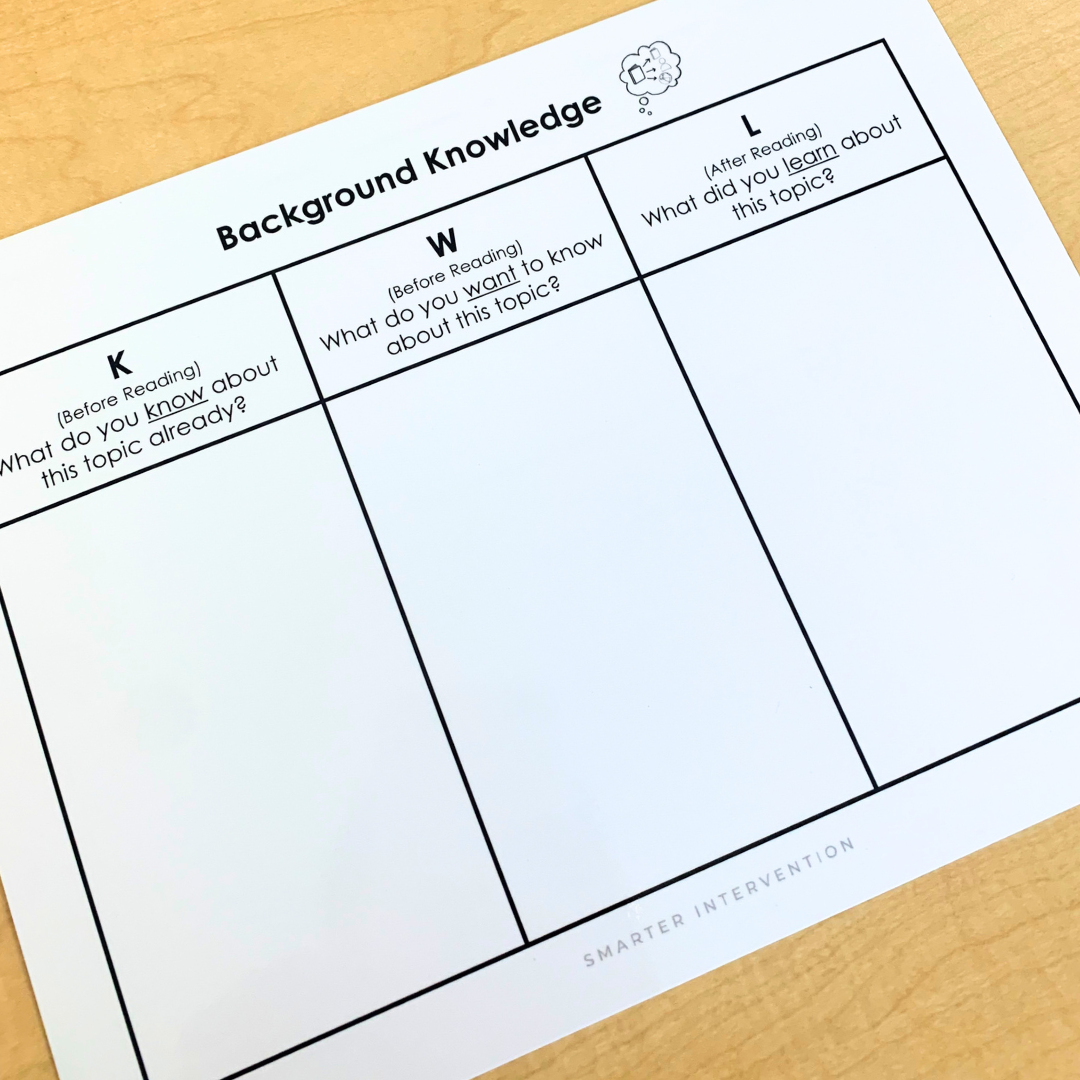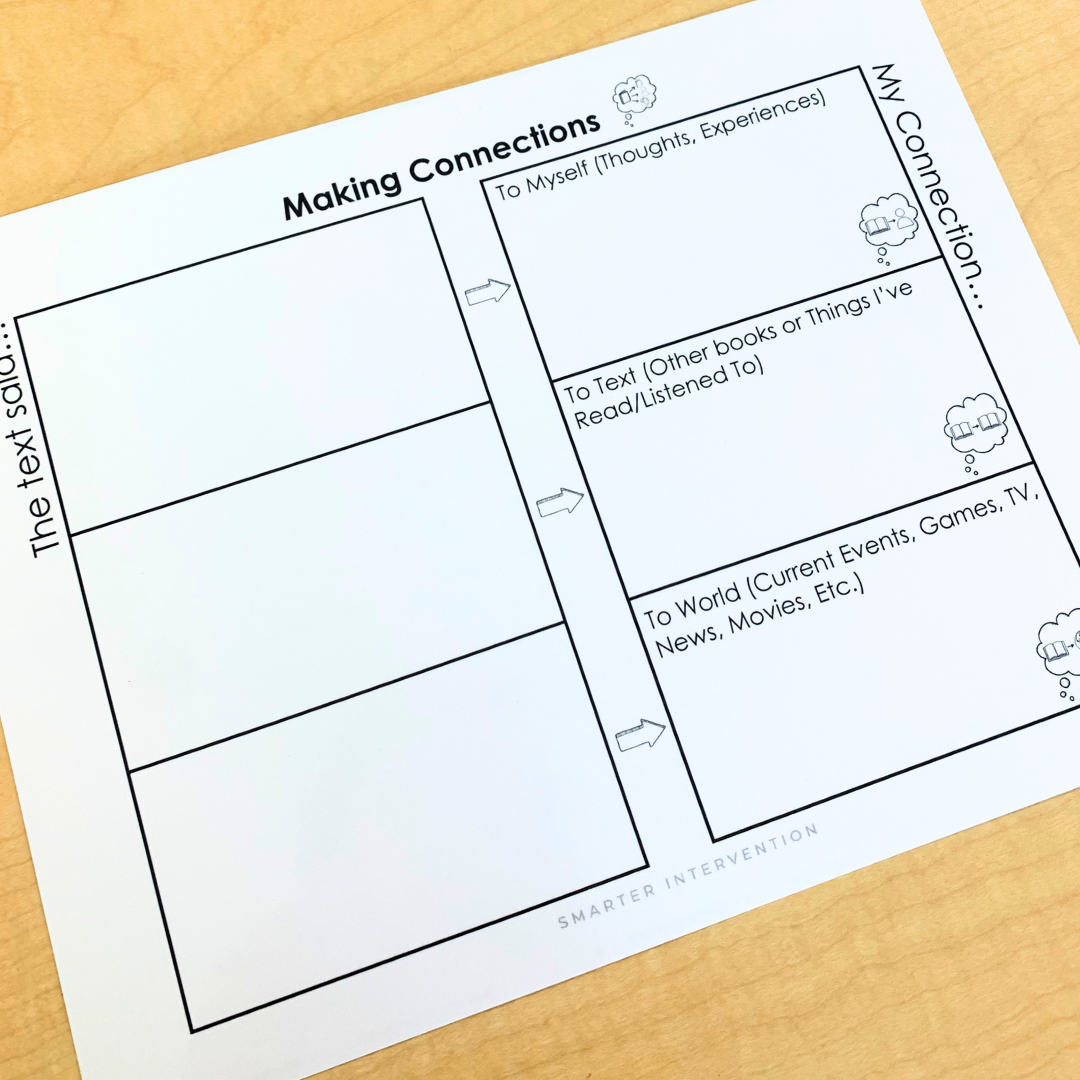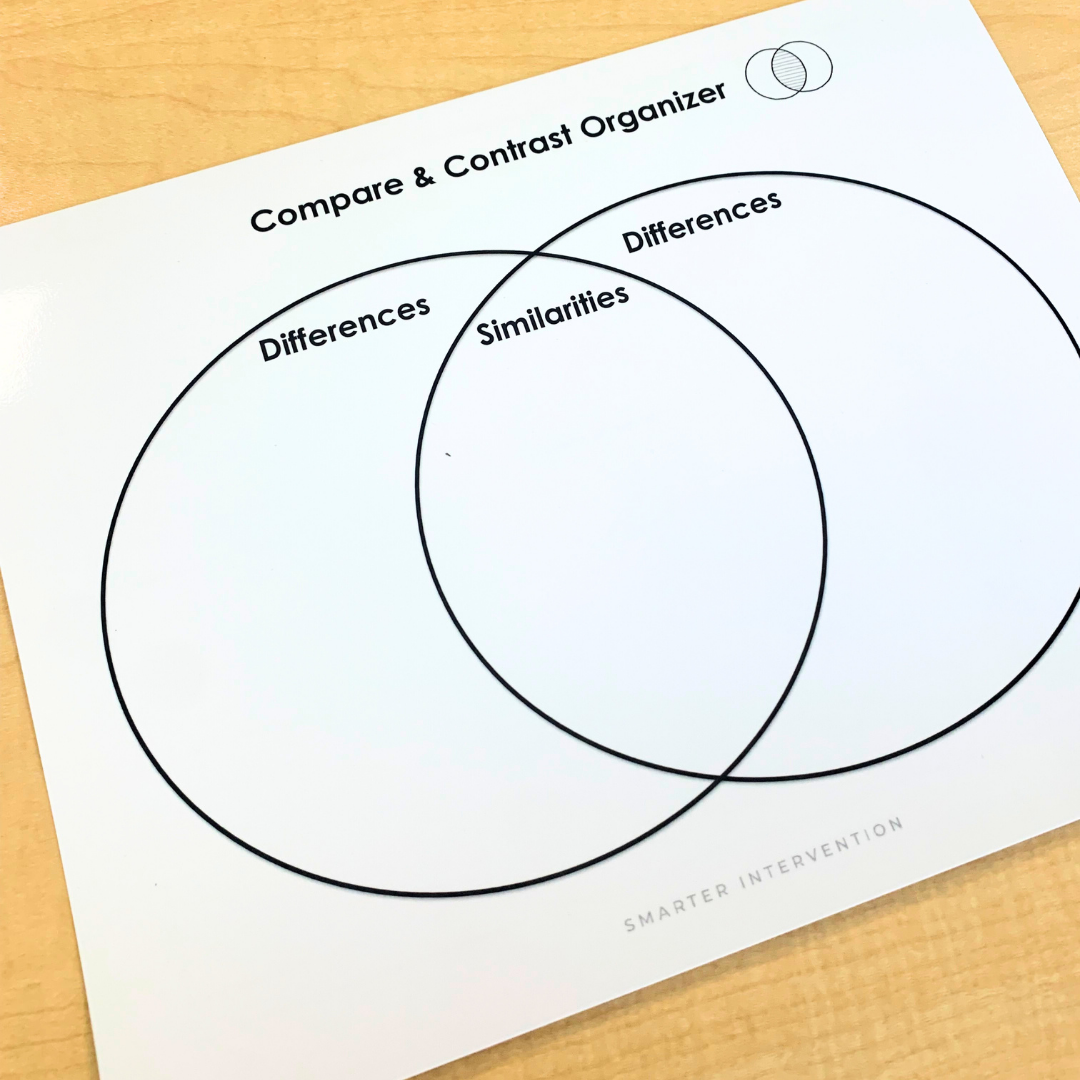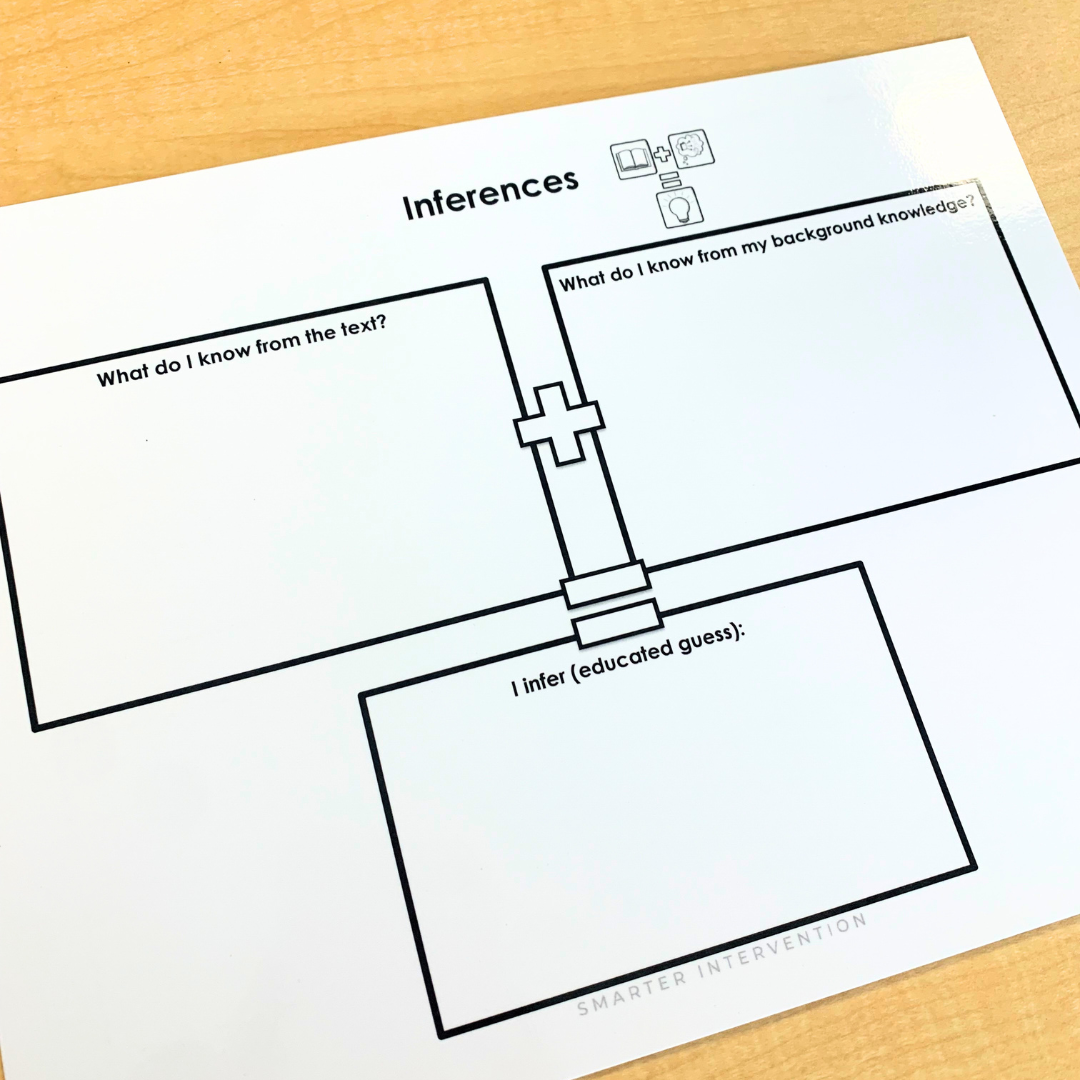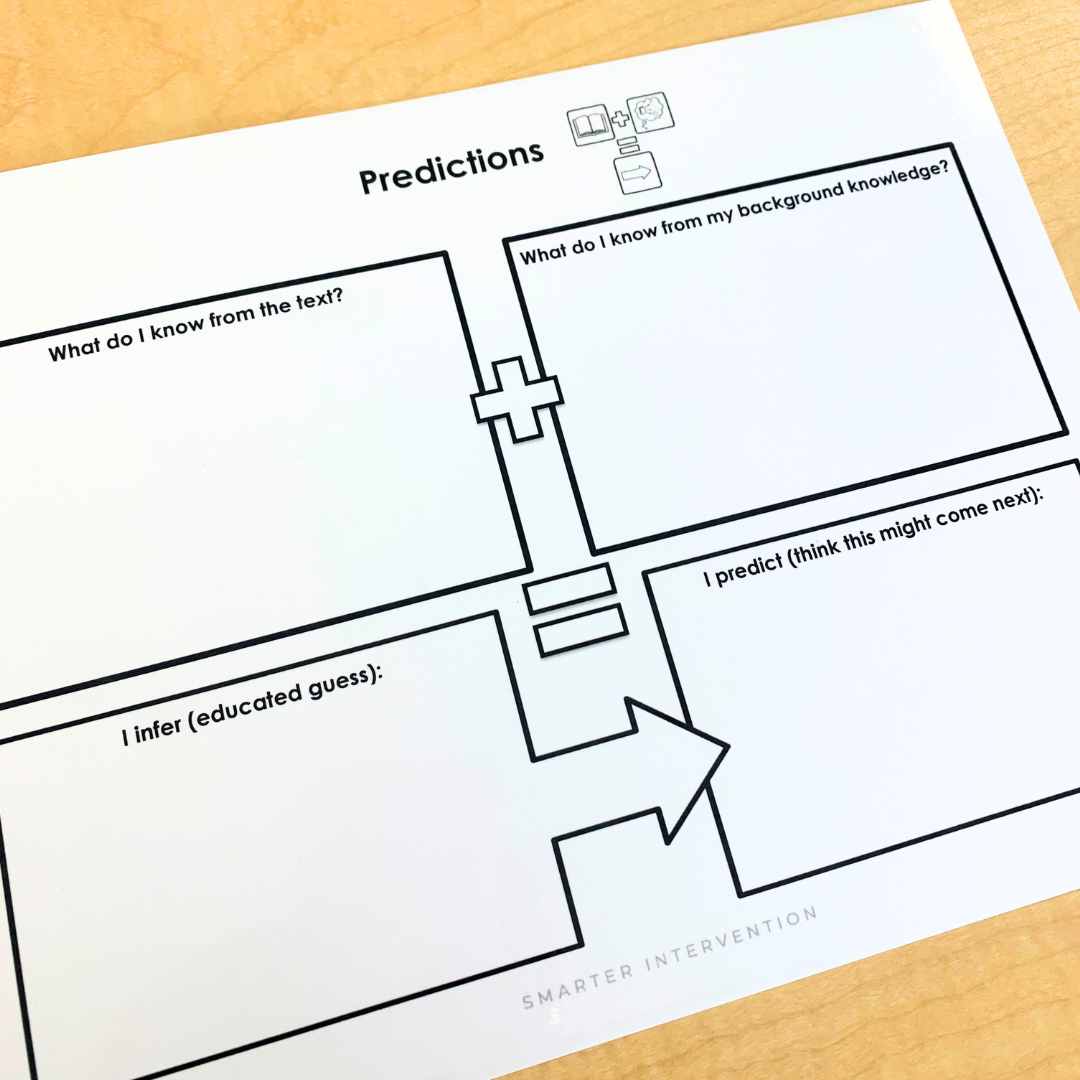5 Core Components of Reading - Comprehension
Hey there friends!
We are wrapping up the 5 Core Components of Literacy this week with the final component, arguably the most important component, comprehension!
The end goal of reading is obviously…
Reading Comprehension
The entire purpose of going through the process of learning to read is so that we can use reading as a way to gather information and learn new things.
And yet we have two major problems in the way many reading programs are teaching students to learn today.
Problem # 1 - Assuming reading comprehension will develop naturally
Many structured-phonics-based reading programs will have us believe that once we teach the foundational reading skills, students will naturally know how to comprehend the material. Unfortunately, just being able to read the words is not enough to ensure comprehension.
or alternatively…
Problem # 2 - Not explicitly teaching foundational skills
Another common approach to reading includes focusing on using background knowledge, prior information, and pictures assuming that students will be able to fill in the gaps based on what they know about the world without explicitly teaching foundational reading skills.
The answer to having true reading comprehension is to focus on both:
Foundational Reading Skills
+ Explicit Reading Comprehension Instruction
So what exactly does this look like?
First, make sure your reading instruction is systematically targetting foundational reading skills including:
Phonological Awareness
Phonics
Vocabulary Knowledge
Reading Fluency
Next, make sure you are explicitly teaching the specific reading comprehension skills your students need. We break this down into five levels of comprehension.
The 5 Levels of Reading Comprehension
Level 1 - Recall
At the most basic level, students need to be able to recall or identify key information directly from the text. This type of information is generally available directly within the text.
How do I help students recall information from text?
We use a 5 Ws strategy in which we have students work to identify: Who/what is the text about? Did what/what is the key action? When? Where? Why? You may want to consider highlighting or color-coding any who, what, when, where, and why topics with different colors.
We LOVE using highlighters and visual representations to clue into key information. So many of our students need this visual and even better if you can be consistent with your colors. For example, always color a who in red, what in orange, when in yellow, where in green, and why in blue.
Level 2 - Organize
After students have identified key information in the text, they need to begin to organize that information. Two of the main ways we can organize information are by sequencing the information and identifying a main idea.
How do I help students sequence information?
Sequencing is incredibly helpful in making sense of information. There are many different ways in which we can sequence information including chronologically, a cycle, a step-by-step list or order, and so on. It is important to first, help students recognize the type of sequence and then practice putting information into a logical order.
How do I help students identify a main idea?
Students need to be able to recognize the big picture in a passage. After students have identified key details (through direct recall) and have sequenced the information, they should work to identify how all the information connects - this is our main idea!
We start by having students list out their key details (information they obtained through direct recall), then, we ask them to give that information a title or category. This title or category should be the main idea!
Level 3 - Connect
We need to teach students how to connect the information they are reading to other information. There are many ways in which we can connect to information. Connecting to information is critical for long-term retention.
We can connect to information by eliciting background knowledge, connecting the information to ourselves, other texts, and the world, comparing and contrasting, and identifying relationships such as cause and effect.
How do I help students elicit background knowledge and make connections?
Before reading we always ask our students to share information they already know on a topic using the 5 Ws (who/what, did what, when, where, why) to help organize their prior knowledge. We use a “KWL” strategy where we ask students to write down what they “know”, and what they (or the author) “want” them to know. Then, after reading, we ask students to make connections to themselves, other texts, and other things they’ve learned through other forms of media using graphic organizers.
We can then ask students to compare and contrast their experiences or other knowledge to the information in their reading. We can ask if there are any connections or relationships that exist in the text, did something cause something else to happen? Again, we like to use graphic organizers to make this visual for students.
Level 4 - Leap
So this is where we start to get into higher-level reading comprehension strategies. This is where things start to get interesting because we need to step outside of what the passage has specifically told us and start using background knowledge or life experiences to bring our understanding to a new level.
This can be difficult for students because many struggle with abstract reasoning and often inferences and predictions aren’t concrete.
How do I help students make inferences and predictions?
Give LOTS of opportunities to work through passages that require inferences and making predictions. You can also play games with students to help them begin to process this information. For example, “I am wearing a coat, gloves, and a hat - where am I?”
You can easily adapt these same games for older students “The year is 1912, I’m on a boat, I’m about to take over a previously established land - who am I?” Think “20 Questions” type of game! You can also use graphic organizers to help scaffold this instruction by modeling your own thinking process. The text says _________ + I know __________, so I can guess/infer _________________, and in the future I predict __________________.
Level 5 - Analyze
This is the highest level of comprehension - the opportunity for students to reflect and determine if this information aligns with what they already know, adds to what they already know, provides a different viewpoint or perspective, and allows them to take away something new from their reading. This is where students can identify a moral or lesson intended by the author or an opportunity for students to think about the credibility of the source of the information.
How do I help students analyze text?
You can simply provide reflexive questioning for students. What have I learned from this? Do I agree with this? Do I have a different viewpoint or perspective? Should I realign my previous perspective to add this information to my perspective or not? If not, why not?
So there you have it - our explicit comprehension strategy to support well-rounded reading instruction!
For more information about the 5 Levels of Comprehension, check out the video below! Then, be sure to download your own copy of our Structured Comprehension Guide to use with your students.
Check out the video below to learn more about the 5 Levels of Comprehension!

